Background Wiki style:
Was a military campaign between the German Army Detachment “Narwa” and the Soviet Leningrad Front fought for possession of the strategically important Narva Isthmus on 2 February – 10 August 1944 during World War II.
The campaign took place in the northern section of the Eastern Front and consisted of two major phases: the Battle for Narva Bridgehead (February to July 1944)[6] and the Battle of Tannenberg Line (July–August 1944).[7] The Soviet Kingisepp–Gdov Offensive and Narva Offensives (15–28 February, 1–4 March and 18–24 March) were part of the Red Army Winter Spring Campaign of 1944.[8] Following Joseph Stalin‘s “Broad Front” strategy, these battles coincided with the Dnieper–Carpathian Offensive (December 1943 – April 1944) and the Lvov–Sandomierz Offensive (July–August 1944).[8] A number of foreign volunteers and local Estonian conscripts participated in the battle as part of the German forces. By giving its support to the illegal German conscription call, the underground National Committee of the Republic of Estonia had hoped to recreate a national army and restore the independence of the country.[9]
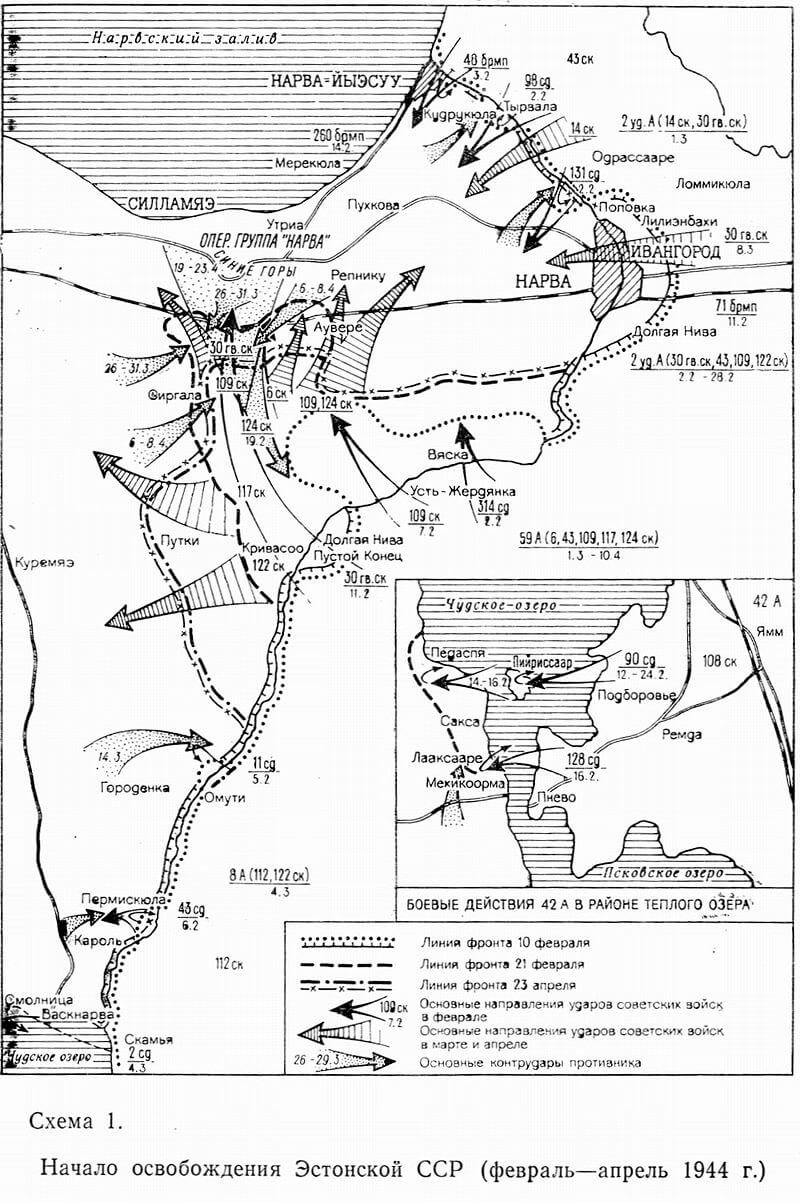
As a continuation of the Leningrad–Novgorod Offensive of January 1944, the Soviet Estonian operation pushed the front westward to the Narva River, aiming to destroy “Narwa” and to thrust deep into Estonia. The Soviet units established a number of bridgeheads on the western bank of the river in February while the Germans maintained a bridgehead on the eastern bank. Subsequent attempts failed to expand their toehold. German counterattacks annihilated the bridgeheads to the north of Narva and reduced the bridgehead south of the town, stabilizing the front until July 1944. The Soviet Narva Offensive (July 1944) led to the capture of the city after the German troops retreated to their prepared Tannenberg Defence Line in the Sinimäed Hills 16 kilometres from Narva. In the ensuing Battle of Tannenberg Line, the German army group held its ground. Stalin’s main strategic goal—a quick recovery of Estonia as a base for air and seaborne attacks against Finland and an invasion of East Prussia—was not achieved. As a result of the tough defence of the German forces the Soviet war effort in the Baltic Sea region was hampered for seven and a half months.[10]
Stay tuned for a video look thru the elements of the game and some minor insights on the prior version!
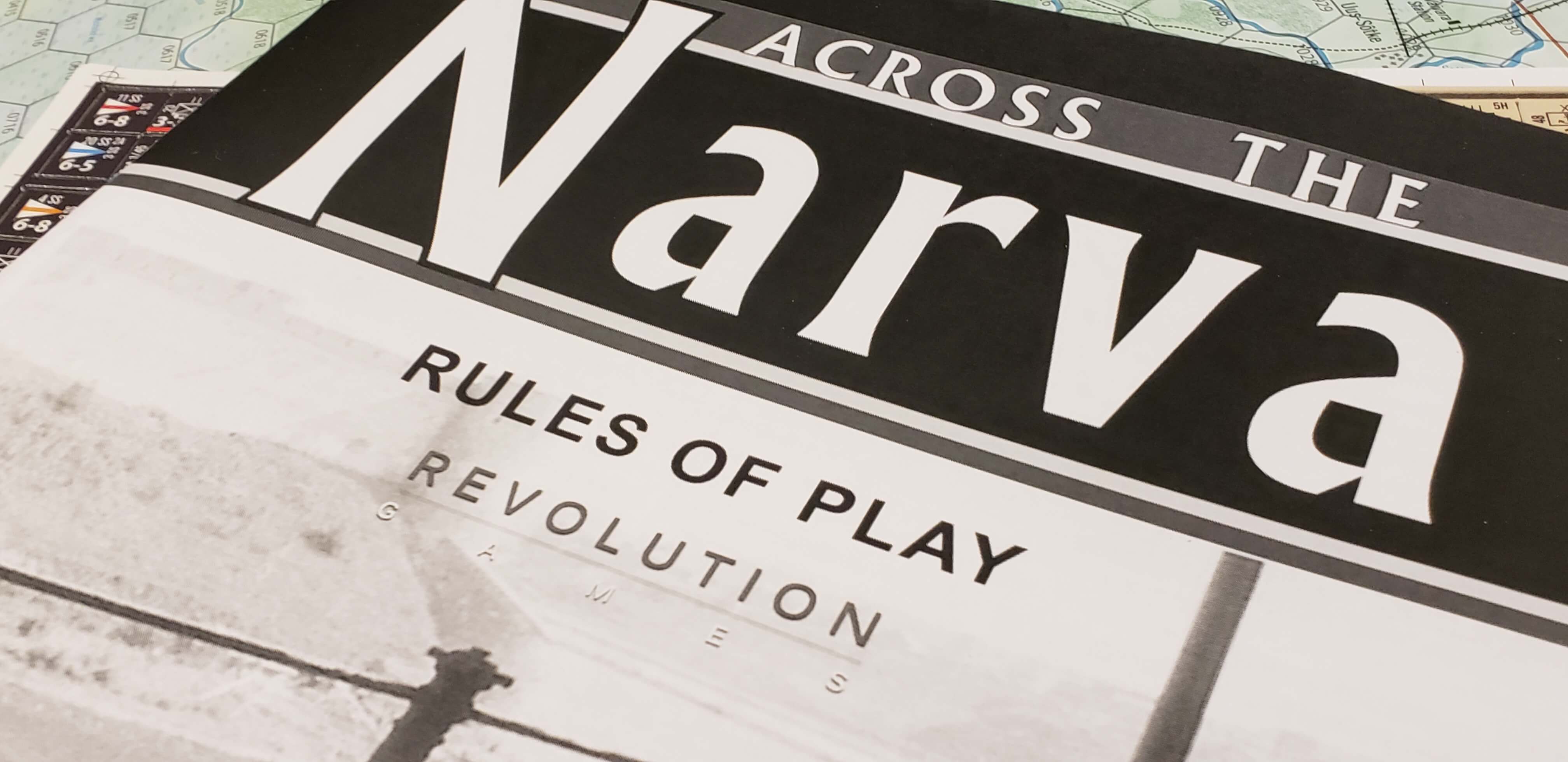
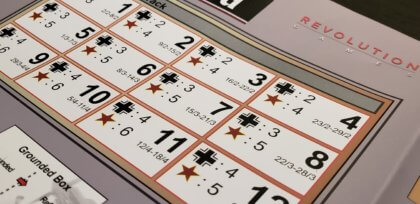
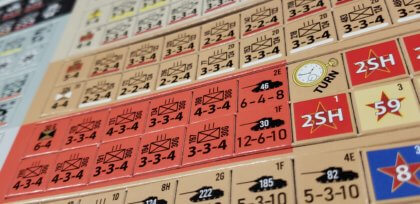
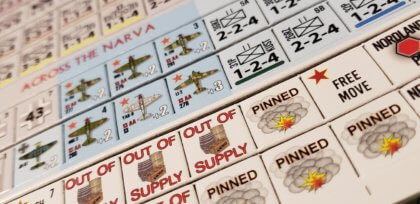
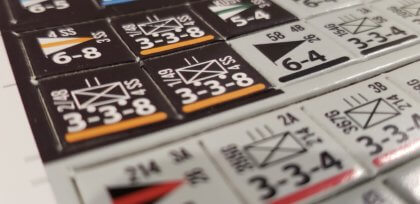
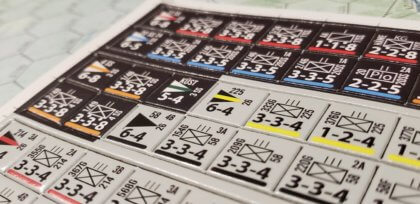
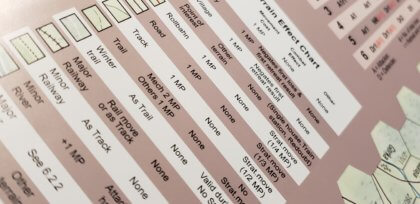
Used to tromp all over these fields of battle when teaching for Baltic Defence College from 2009-2012; the high point was the tactical staff ride in the Sinimäed (Blue) Hills. Definitely worth the visit. Lots of SS monuments to the various national continents that fought there–Norwegians, Danes, Belgians, etc. Got the old version of this game but just looking at the new components I may just have to bite the bullet and get it! Will be anxiously awaiting the video on this game, Kevin!